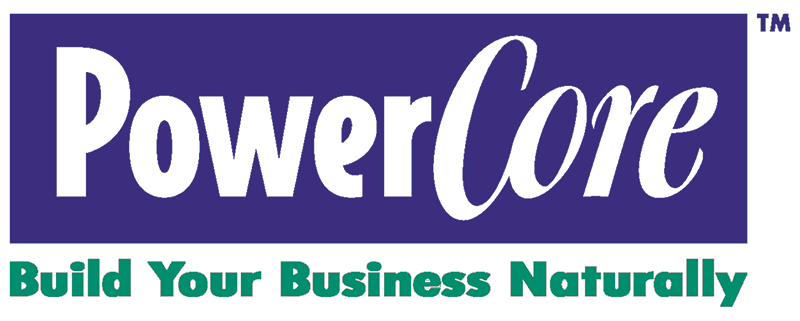What To Do To Give Referrals: Result > Flexibility
Officer Scripts are not a word-for-word mandate – they are an indication of what content to cover and how long to speak.
Describe a process in your business where there is flexibility for you and your client to adjust a script.
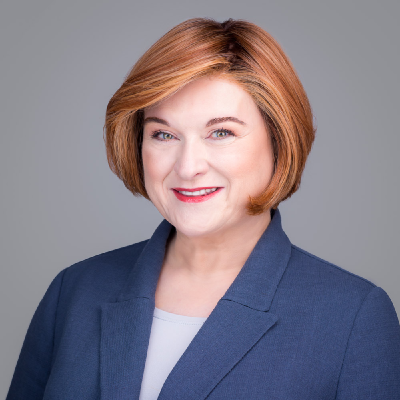
Response from Wendy Kinney
from the PowerCore Team
MembershipCore issues are context specific - and that means there is not a single right answer.
That is why the MembershipCoOrdinator forms a MembershipCore to make decisions based on the Member's context, for the good of the whole.
Item:
When a Member is removed for having 4 absences in a six-month period, the MembershipCore determines whether they can rejoin, and if so, when.
Examples:
- #1 Was told they could rejoin after six months. Did; and immediately had foun absences without a sub in the next six months. Was told they could not rejoin again.
- #2 Was told they could rejoin after four months, and when a Visitor came for their classification seven ! Members called saying "Get back! Get back now!" They did, and behaviour created a nomination for a leadership postion.
- #3 Was asked to sit out six weeks, then decide whether they want to be there. Sometimes the answer is no, and that's okay.
Proof there is not a single right way.
The MembershipCore decides.
For the good of the whole.
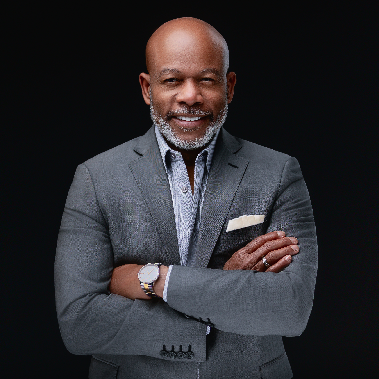
Response from Saurel Quettan
from the Candler Park Team
In my business, the “script” for scaling a company often starts with a Growth Bottleneck Scan, and it’s never one-size-fits-all. Some clients come ready to build systems. Others aren’t even clear on their role as the bottleneck. I adjust in real-time. Sometimes we go deep into pricing strategy, sometimes we focus on team development. The structure is solid, but the path flexes. So, we move at the pace of transformation, not just information.

Response from Jimmy D! Dunnavant
from the Fayette Team
My business doesn't operate on scripts but there are certain items that need to be covered. I always listen to my client and determine what is the most important item for me to focus on when making a presentation to them.
Where someone wants to travel, when, what their budget is and what style they want to travel in are all items that need to be covered in our conversations.
#back2sea
Jimmy D !

Response from Tom Wallace
from the Peachtree City Team
I structure my coaching so I can help my clients continually make progress and build momentum toward their goals.
Before our sessions begin, based on what was accomplished at the previous session, I jot down suggestions on what to work on next. Once we begin a new session, those suggestions may no longer be valid based on what has been accomplished or issues that have arisen since we last met, so we can quickly pivot to address current needs.
My approach is not cookie-cutter because everyone's situation is different, so flexibility is key to continuing to help my clients move forward.
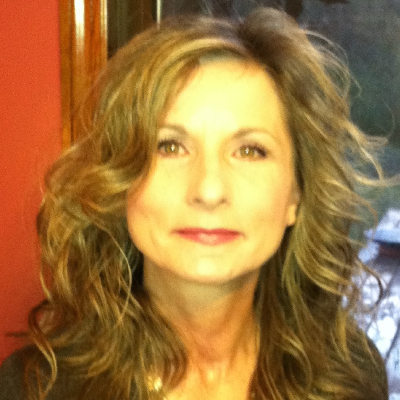
Response from Heidi Franz
from the Newnan Team
In my business, one process where there’s flexibility to adjust the “script” is during the initial client interview. I have a structured set of questions I always cover—things like business goals, current challenges, and accounting workflows. But every client’s situation is different, so the conversation often goes off-script. If a client wants to dive deeper into cash flow concerns, or spend extra time on compliance issues, I adjust the flow to match their priorities.
That flexibility benefits my clients because they don’t feel boxed into a rigid checklist. Instead, they get a tailored onboarding experience that focuses on what matters most to them while still ensuring I gather the essentials. It sets the tone for an ongoing relationship where structure provides reliability, but flexibility builds trust and relevance.
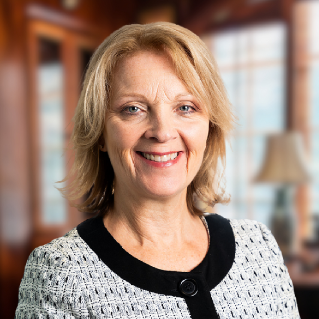
Response from Alanna Blake-Lawlor
from the Woodstock Team
When I meet a buyer or seller for the first time. I get to know if they are a visual or a data person. Some people like figures and data and market research and others want to see pictures and just want to see prices on the individual homes. In my initial slide show presentation which I use as a tool for my initial consultation with a buyer or a seller, I have the ability to omit slides that are not relevant to that client. If they are not interested in data and spreadsheets, I omit the FMLS market research of home sales, prices and days on the market. If they like data, I include it for the metro Atlanta area and the specific county they are looking at. If they are familiar with the listing process, I focus more on the preparation of the house and the marketing using professional photography and social media, videography and other electronic tools including AI to get their home on the max buyer screens possible. The more visibility the more showings, the more offers.
I also have the flexibility, if my client is elderly and not electronically inclined, to print out contracts or agreements for physical wet ink signature.
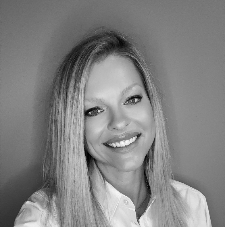
Response from Lacy Loyd
from the Newnan Team
In restoration, I begin with a recovery plan, but there are often times when other issues are uncovered. What looked like water damage may also reveal mold, or storm repairs may expose structural concerns. That flexibility lets me adapt the process so the client feels confident their needs are fully addressed.
Response from Flo Esho
from the Peachtree Team
In my business, the script is always adjusting because every client has their own executive assistant, and we serve as their mini-me.
One client might need us crafting proposals and managing client communications. Another? Planning a multi-city business trip. And another? Curating weekly date nights, complete with dinner reservations and child care.
Because we work so closely and personally, our systems are designed to flex. Each assistant builds workflows that mirror the client’s natural rhythm, and we regularly check in to adjust what’s working, what’s not, and what’s next.

Response from Michal Spiegelman
from the North Point Team
In my business, flexibility is woven into every client interaction—because no two people are the same, and healing and transformation are never one-size-fits-all.
While I’m trained as a social worker and certified as a life coach, I don’t follow a traditional script. I bring nearly 30 years of experience, and over time, my work has evolved beyond standard models. My signature coaching sessions are guided not just by professional frameworks, but also by deep listening—both to the client and to my own inner wisdom and intuition.
There’s always room to shift. If a client comes in feeling overwhelmed, we may pause the planned direction and focus on what’s present in that moment. If a new insight arises during a Soul Dialogue or Guided Visualization exercise, we’ll follow that thread instead of sticking to a rigid plan.
This approach helps clients reconnect with their own inner guidance—so they’re not just receiving support, they’re learning to trust their own truth. That’s what creates lasting change.
